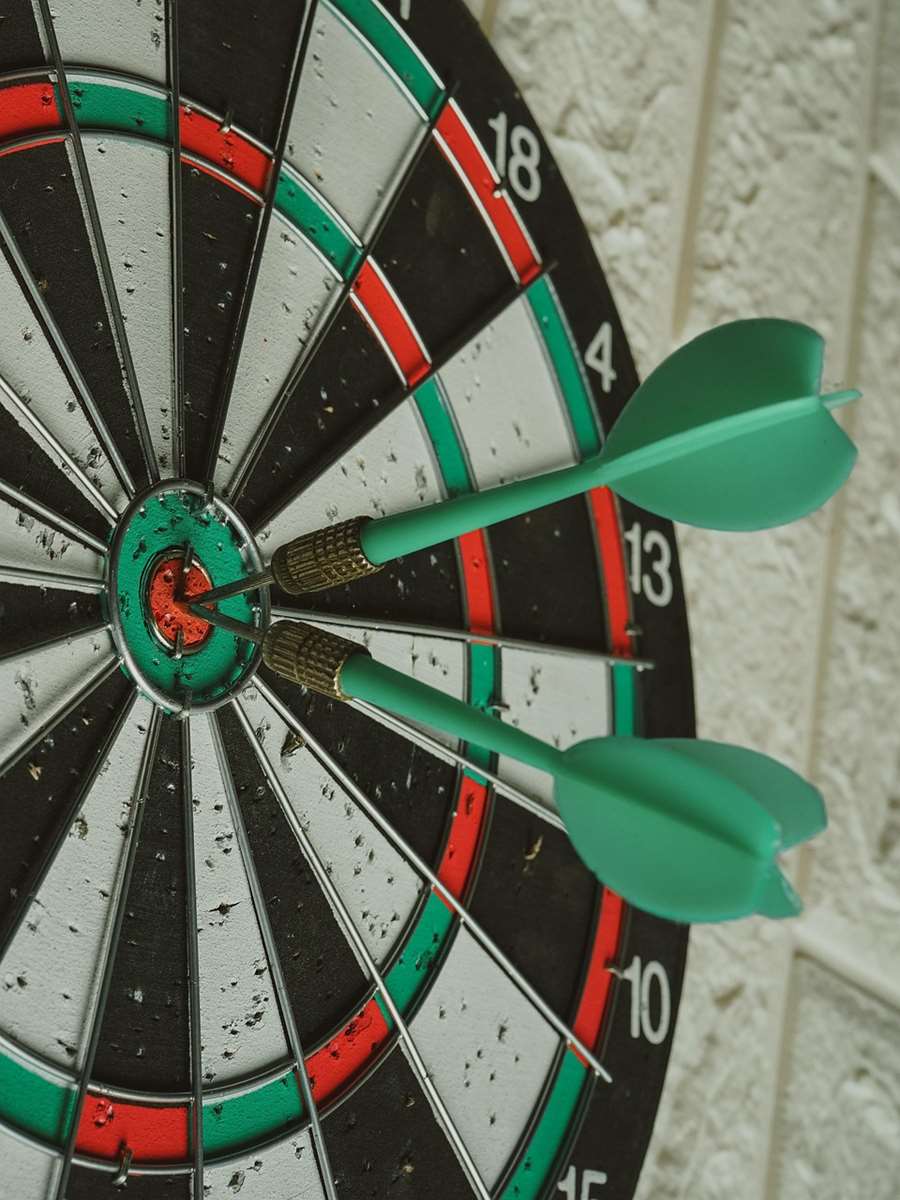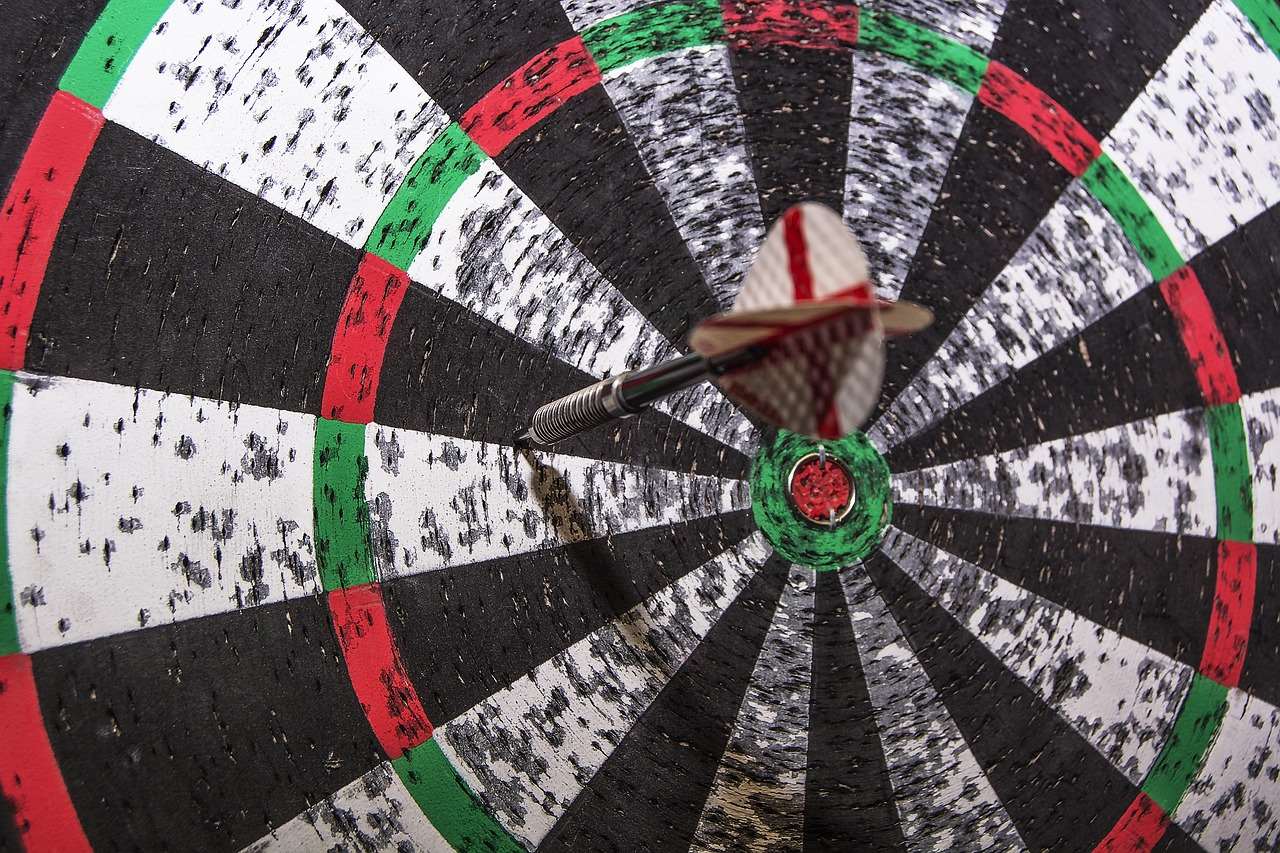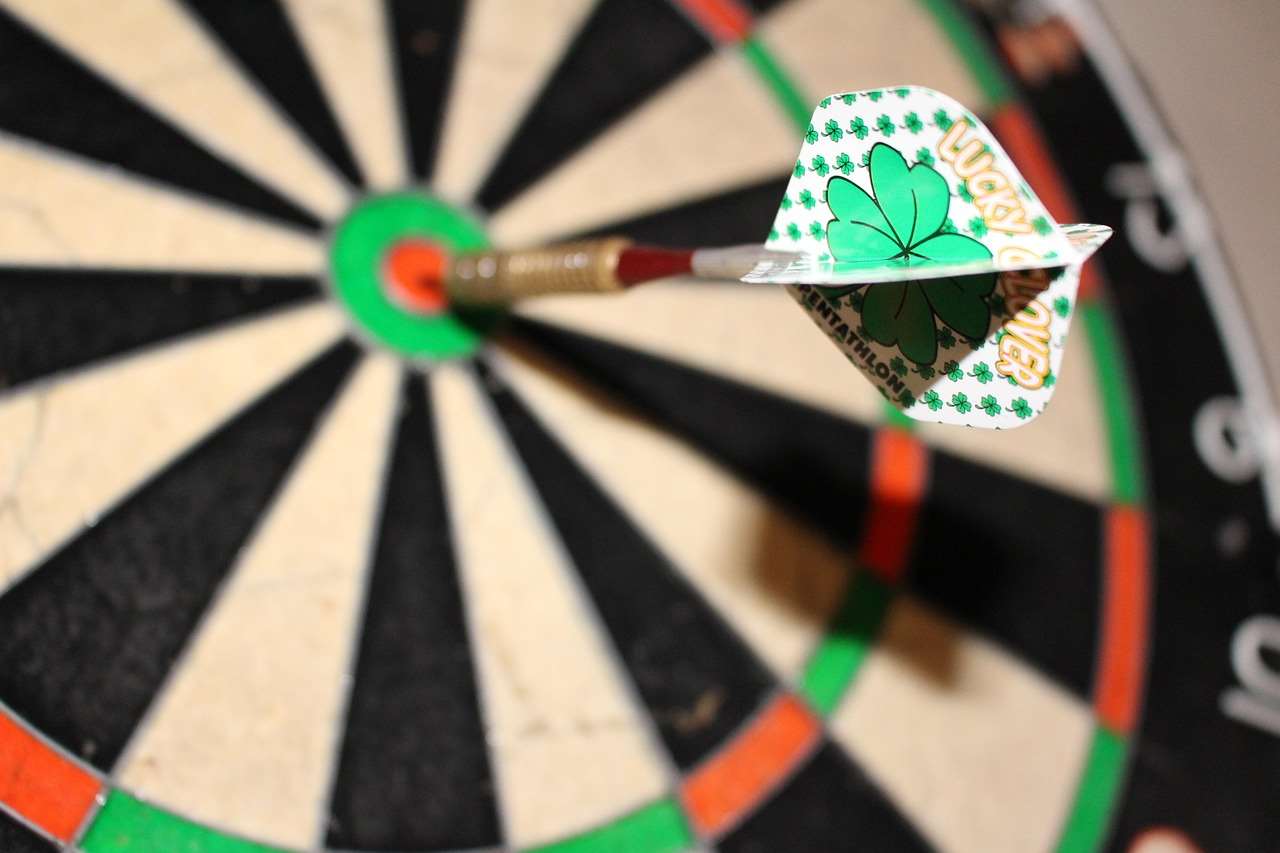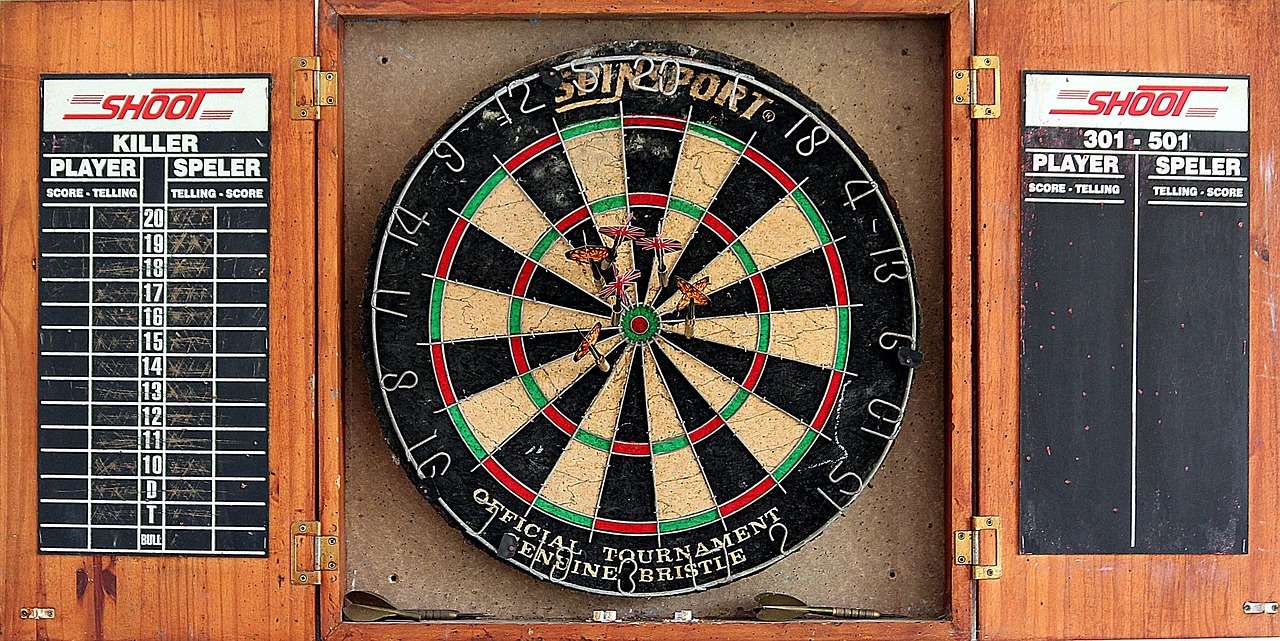Determining whether Is Cricket or 501 better for improving accuracy? ultimately depends on your individual learning style and goals, but focusing on the smaller target areas in 501 generally offers more direct and immediate feedback on precision. This article explores the nuances of both games, examining their unique demands on accuracy and offering insights to help you choose the best path to darting mastery.
⚠️ Still Using Pen & Paper (or a Chalkboard)?! ⚠️
Step into the future! The Dart Counter App handles all the scoring, suggests checkouts, and tracks your stats automatically. It's easier than you think!
Try the Smart Dart Counter App FREE!Ready for an upgrade? Click above!
Is Cricket or 501 Better for Improving Accuracy? A Detailed Analysis
When embarking on a journey to enhance your dart-throwing prowess, the question of which game – Cricket or 501 – is more effective for honing accuracy inevitably arises. Both are popular choices, but they present fundamentally different challenges that impact skill development in distinct ways.
Understanding these differences is crucial in selecting the game that aligns best with your specific training needs. While both games require a degree of precision, the target areas and scoring systems differ significantly, leading to variations in the feedback loop and the types of accuracy skills emphasized.

Understanding the Accuracy Demands of 501
501 is a subtraction game, where the goal is to reduce your score to zero by hitting specific numbers. This requires a higher degree of precision because the focus is often on hitting specific single, double, or triple segments of the board. Missing a target, especially a double, can significantly set you back.
Here’s a breakdown of how 501 challenges your accuracy:
- Specific Target Focus: 501 necessitates precise aiming at specific numbers, often requiring you to hit doubles or triples to finish.
- Immediate Feedback: Missing your target results in a direct and immediate consequence – you haven’t reduced your score as much as you intended, or worse, you’ve busted.
- Progressive Difficulty: As you approach zero, the pressure to hit specific finishing doubles increases, demanding exceptional accuracy under pressure.
Furthermore, 501 emphasizes the importance of consistent grouping. While a lucky shot might occasionally occur, consistent success in 501 hinges on the ability to repeatedly hit the same small areas of the board. This makes it a great choice for developing refined motor skills and muscle memory. As you learn the Simplified 501 game rules for novice players, consider the crucial part precision plays!

Exploring the Accuracy Dynamics of Cricket
Cricket, on the other hand, focuses on hitting specific numbers (20, 19, 18, 17, 16, 15 and Bull) three times each to “close” them out. While accuracy is still essential, the margin for error is often slightly larger compared to 501. This is because hitting any part of the target number counts towards closing it.
Here’s how Cricket tests your accuracy:
- Wider Target Range: The primary goal is to hit a specific number three times, regardless of whether it’s a single, double, or triple. This provides a slightly larger acceptable range for error.
- Strategic Play: Cricket also involves strategic blocking and point accumulation, adding another layer of complexity beyond pure accuracy.
- Opportunity for Recovery: If you miss a shot in Cricket, you still have multiple opportunities to close out the number, offering more chances for recovery compared to the more punishing consequences of a missed double in 501.
Cricket is more about hitting the general area of the target numbers than hitting specific segments, at least initially. It is also a very popular game, with many Fun dart game variations with modified rules.
Which Game Offers More Forgiveness?
Comparing forgiveness levels can help us decide Is Cricket or 501 better for improving accuracy? In terms of forgiveness, **Cricket** generally offers more leeway for slight inaccuracies. A dart that lands slightly off-target will still likely hit the intended number, contributing towards closing it out. In contrast, 501 requires greater precision, particularly when aiming for doubles or triples. A small error in 501 can significantly alter your score or even result in a bust, demanding greater accuracy in each throw. If you’re just starting out, focusing on Basic Darts Fundamentals for Beginners Basic Darts Fundamentals for Beginners is always a great first step.

The Role of Feedback in Accuracy Improvement
Feedback is crucial in improving accuracy in any sport, and darts is no exception. The type of feedback you receive in Cricket and 501 differs, influencing your learning process. In 501, the feedback is immediate and precise. You know exactly how much you reduced your score (or didn’t), providing clear information on the accuracy of your shot.
In Cricket, the feedback is more about closing out numbers and accumulating points. While you still receive information about your accuracy, it’s less granular compared to 501. However, Cricket provides strategic feedback, such as identifying which numbers to target next to gain an advantage.

Factors to Consider When Choosing a Game for Accuracy Training
Several factors influence the effectiveness of Cricket or 501 for improving accuracy. Consider the following when making your choice:
- Skill Level: Beginners may find Cricket more forgiving and enjoyable, allowing them to develop basic throwing mechanics. Experienced players may benefit more from the precision challenges of 501.
- Learning Style: Some players thrive on immediate and precise feedback, making 501 a better fit. Others prefer a more strategic and forgiving environment, where Cricket excels.
- Personal Goals: If your primary goal is to improve your ability to hit specific targets consistently, 501 is likely the better choice. If you want to develop overall darting skills, including strategy and adaptability, Cricket can be a valuable tool.
- Practice Time: Consider the amount of practice time you have. 501 may require more focused practice sessions to refine your accuracy, while Cricket can be played more casually while still improving your overall game.
Remember that both games can contribute to improved accuracy. The key is to choose the game that best aligns with your individual needs and preferences.

Blending Both Games for Optimal Accuracy Development
Instead of exclusively focusing on one game, consider incorporating both Cricket and 501 into your practice routine. This approach can provide a well-rounded training experience that addresses different aspects of accuracy.
For example, you could start with Cricket to warm up and focus on developing consistent throwing mechanics. Then, switch to 501 to challenge your precision and refine your ability to hit specific targets. You can try Creative dart rules for parties and social gatherings.
By alternating between these games, you can leverage the unique benefits of each to maximize your accuracy improvement. Moreover, you will challenge yourself constantly and make the learning process more enjoyable.
Conclusion: Making the Right Choice for Your Darting Journey
In conclusion, determining whether Is Cricket or 501 better for improving accuracy? is a matter of individual preference and training goals. 501 offers immediate and precise feedback, demanding greater accuracy and control. Cricket provides a more forgiving environment, emphasizing strategic play and overall darting skills. By understanding the unique challenges and benefits of each game, you can make an informed decision about which one best suits your needs.
Ultimately, the most effective approach may involve incorporating both games into your training routine to achieve a well-rounded improvement in your darting accuracy. So, pick up those darts, choose your game, and start practicing!
Hi, I’m Dieter, and I created Dartcounter (Dartcounterapp.com). My motivation wasn’t being a darts expert – quite the opposite! When I first started playing, I loved the game but found keeping accurate scores and tracking stats difficult and distracting.
I figured I couldn’t be the only one struggling with this. So, I decided to build a solution: an easy-to-use application that everyone, no matter their experience level, could use to manage scoring effortlessly.
My goal for Dartcounter was simple: let the app handle the numbers – the scoring, the averages, the stats, even checkout suggestions – so players could focus purely on their throw and enjoying the game. It began as a way to solve my own beginner’s problem, and I’m thrilled it has grown into a helpful tool for the wider darts community.